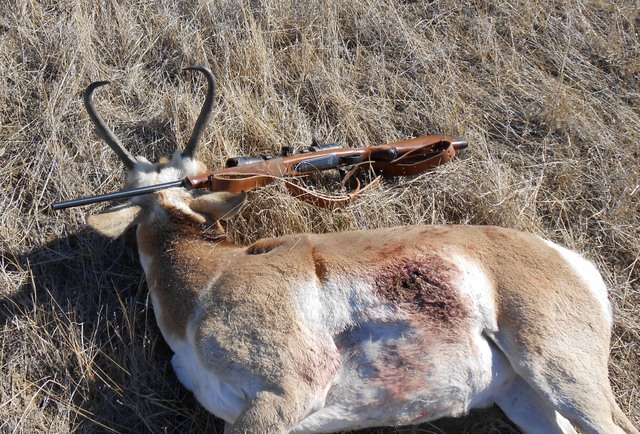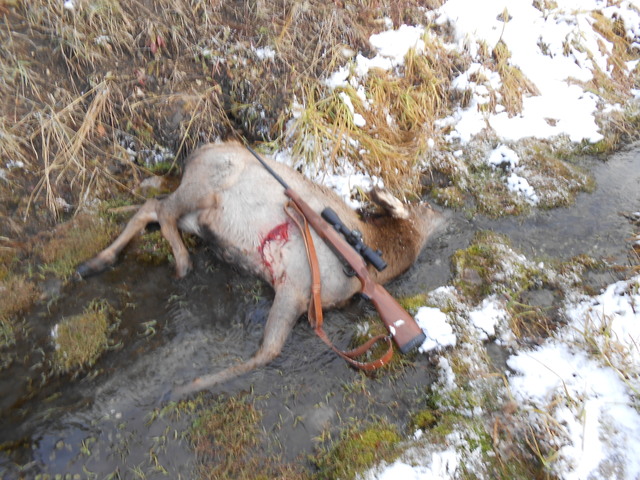I use mil dot scopes in hunting.
Antelope 14.5 vital 8.5
Deer (only mule deer here ) 17-18, vital 10-11
Elk 24-26 vital 15 inches
------------------------------------------------------------------
Why vitals? I use the MPBR ( Max point blank range) where I can hit the vitals of the above critters without hold over/under.
For my 270 Win. that would be:
Antelope 1.25 mils
Deer 1.25 mils
Elk 2 mils.
Meaning if the respective critter fits in the mill range, I can aim at the center of the vitals and not be too high or too low.
I have a Lup. 1200 LRF. It works great in the mountains, I have ranged 900+ yards. It sucks on the prairie where I seen to cant get beyond 300 yards.
Year before last I saw a nice antelope but couldn't range it with the LRF, I use the mil dot based on the size listed above and ranged it at 600 yards. I adjusted (as it was beyond my MPBR), using a 600 yard setting and hit the critter turning both lungs into what appeared to be wet coffee grounds. Using a map, and confirming with a GPS, the antelope was 586 yards.
This last Oct I didn't get my choice elk area so I had to buy a left over cow/calf tag and got this. It was a large calf but didn't fit my elk numbers so I used the LRF instead of the scope for ranging. I came up with 334 yards, and after the shot, I used the GPS and came up with 332.
In short, some times Mil Dots work, sometimes they don't. Mil Dots are one means of ranging, LRFs are another and a map and compass is another. They all work. In both cases listed above, I set in an area I knew the respective animals would appear. While waiting, it was relatively easy to plot the area on a map, (much like a range card) and could easily check the range to what ever spot the animal appeared. If you don't have the luxury of that time, then using the Mil Dots paired with MPBR will get you by.




